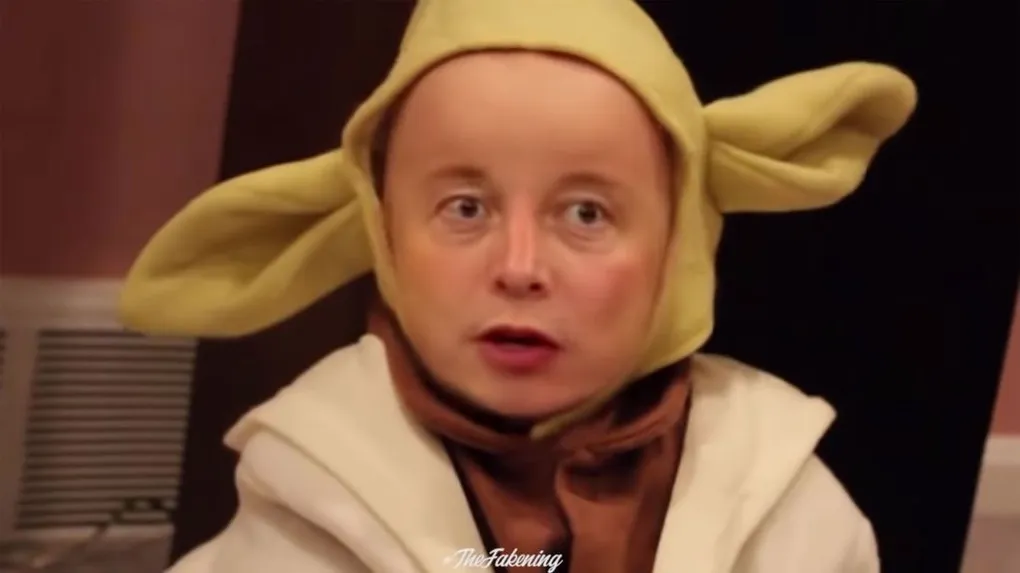
Regulating Deepfakes: Balancing Freedom of Expression with Privacy and Reputation Rights
Introduction: The Double-Edged Sword of Digital Manipulation
In the blink of an eye—or, more accurately, a few clicks and some AI wizardry—deepfakes have transformed from tech novelties into powerful tools capable of reshaping reality itself. These synthetic creations, leveraging artificial intelligence to produce realistic yet fake videos and images, pose a profound challenge: how can societies regulate deepfakes without infringing on cherished freedoms of expression?
What Are Deepfakes, Really?
At their core, deepfakes use generative adversarial networks (GANs) and other sophisticated machine-learning algorithms to convincingly overlay one person’s face or voice onto another. From harmless entertainment like Tom Cruise’s uncanny TikTok impersonations to malicious political disinformation, deepfakes blur the boundaries between authenticity and deception.
Freedom of Expression vs. Harmful Manipulation
Freedom of expression is a cornerstone of democratic societies, protected in Australia under the implied freedom of political communication derived from the Constitution. Yet, this freedom must be balanced against individual privacy and the right to protect one’s reputation. Deepfakes uniquely challenge this balance by making it astonishingly easy to misrepresent individuals, spreading misinformation or maliciously damaging reputations.
Under Australian law, defamation occurs when someone’s reputation is harmed by false representations communicated to a third party. A high-profile example involving deepfakes was seen globally when Taylor Swift was digitally manipulated into adult content without consent such, raising serious questions under defamation and privacy laws. This also lead to the proposal of the No AI FRAUD Act in USA. Australian Courts now grapple with how to address such harmful content without inadvertently curtailing legitimate speech.
— Taylor Swift: Defamation and Deepfakes
Existing Legal Tools and Their Limitations
Australia currently relies on a patchwork of existing laws to regulate deepfakes, including:
Prohibits the use of telecommunications to menace, harass, or offend.
— Criminal Code Act 1995 (Cth)
Governs the handling of personal information and could theoretically address unauthorized image use.
— Privacy Act 1988 (Cth)
Provides recourse against reputational harm from false representations.
— Defamation Act 2005
However, none of these laws explicitly mention or address the unique nature of AI-generated deepfake content, highlighting significant legislative gaps.
International Regulatory Trends: What Can Australia Learn?
Globally, countries have adopted varied approaches:
- United States: California and Texas criminalize politically motivated deepfakes.
- European Union: Emphasizes transparency, requiring platforms to label AI-generated content clearly.
- China: Mandates strict labeling and criminal penalties for malicious deepfake dissemination.
Australia could draw from these international examples, potentially emphasizing transparency and accountability, clearly defining malicious intent, and balancing preventative measures with freedom of speech.
Potential Legislative Responses in Australia
To address deepfakes effectively, Australia might consider the following legislative strategies:
- Transparency and Disclosure Requirements: Mandatory labeling for AI-generated content, enabling viewers to discern authenticity.
- Enhanced Privacy Protections: Strengthening privacy laws to explicitly prohibit unauthorized manipulation and dissemination of personal images and likenesses.
- Clear Criminal Liability: Defining specific criminal offenses related to deepfake creation and dissemination when harm or malicious intent is demonstrable.
Ethical and Social Considerations
Beyond legislation, public awareness and digital literacy initiatives will be essential. Educating citizens on detecting and questioning digital content, alongside fostering ethical AI development, can complement legal strategies effectively.
Conclusion: A Balanced Approach for the Digital Age
Regulating deepfakes is not about stifling innovation or limiting legitimate expression. Rather, it’s about crafting nuanced laws that protect individuals from harm while preserving essential freedoms. As deepfake technology evolves rapidly, Australia’s response must be equally dynamic—promoting responsible use and robust protections that safeguard both democratic discourse and individual dignity in the digital age.

Comments
Sign in to leave a comment